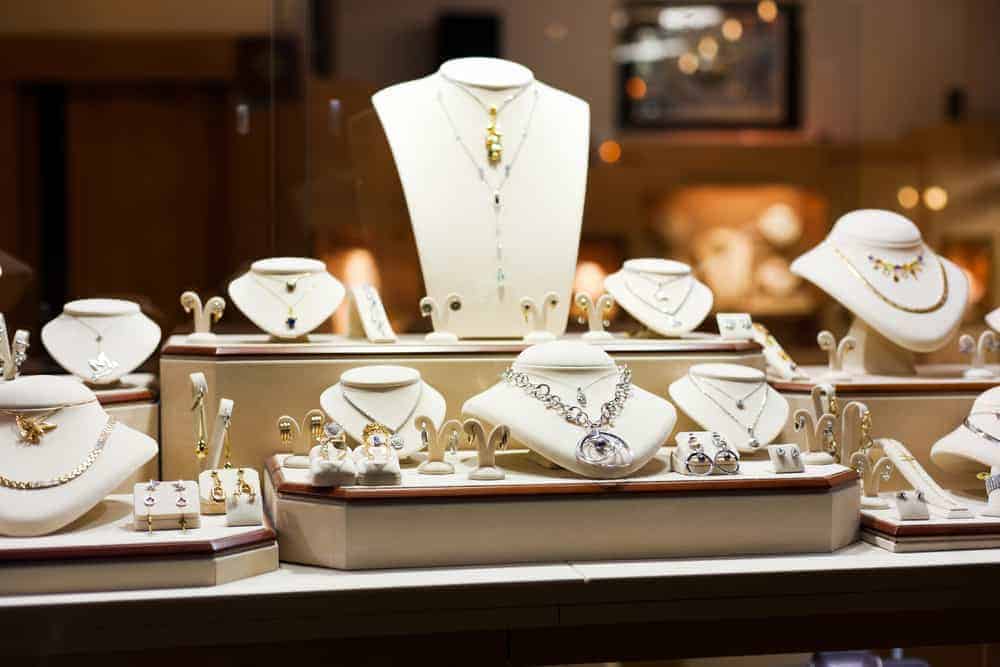Introduction: From sparkling gemstones to intricate designs, jewelry has been an integral part of human culture for centuries. It has adorned the bodies of kings and queens, symbolized love and commitment, and served as a testament to wealth and status. Join us as we embark on a journey through time to explore the captivating history of jewelry, tracing its origins, evolution, and cultural significance.
Ancient Beginnings: The story of jewelry begins in the ancient world, where our ancestors crafted ornaments from materials found in nature. The earliest known examples date back thousands of years and were made from shells, bones, feathers, and stones. These primitive adornments were often used as symbols of power, spirituality, and protection, reflecting the beliefs and values of ancient civilizations such as the Egyptians, Mesopotamians, and Greeks.
Ancient Egypt: Symbols of Divinity and Immortality: No discussion of jewelry history would be complete without mentioning ancient Egypt. The Egyptians were renowned for their exquisite craftsmanship and their deep reverence for jewelry. They believed that jewelry had protective and magical properties, both in life and in the afterlife. Elaborate necklaces, bracelets, earrings, and amulets adorned pharaohs and high-ranking officials, often featuring precious gemstones such as lapis lazuli, carnelian, and turquoise. The famous burial mask of Tutankhamun showcases the opulence and mastery of Egyptian jewelry-making.
The Renaissance: A Rebirth of Beauty: The Renaissance period marked a significant shift in the world of jewelry. The revival of classical art and culture sparked a renewed interest in beauty and personal adornment. Jewelry became more intricate, with elaborate designs inspired by nature, mythology, and religious motifs. Gold and precious gemstones such as diamonds, rubies, and emeralds took center stage. Renaissance jewelry was not only a symbol of wealth but also served as an expression of individuality and personal style.
Art Nouveau: A Whimsical Revolution: The late 19th and early 20th centuries brought a radical departure from traditional jewelry design with the emergence of the Art Nouveau movement. Rejecting the rigid symmetry and opulence of the Victorian era, Art Nouveau celebrated flowing lines, asymmetry, and natural forms. Artists drew inspiration from nature, incorporating motifs such as flowers, butterflies, and dragonflies into their designs. René Lalique, a prominent figure in Art Nouveau jewelry, utilized innovative techniques and materials, such as enamel, glass, and horn, to create stunning, otherworldly pieces.
The Modern Era: Versatility and Self-Expression: In the 20th century, jewelry design became increasingly diverse, reflecting the changing cultural and societal norms. Art Deco, with its geometric patterns and bold colors, captivated the world during the Roaring Twenties. Post-World War II, costume jewelry gained popularity as an affordable way to accessorize with style. Contemporary jewelry has witnessed the fusion of traditional techniques with avant-garde concepts, pushing the boundaries of what defines jewelry. From minimalist and delicate pieces to statement-making, oversized designs, today’s jewelry reflects individual tastes and celebrates self-expression.
Conclusion: The history of jewelry is a testament to human creativity, cultural heritage, and personal adornment. From humble beginnings with natural materials to the use of precious metals and gemstones, jewelry has evolved and adapted to the ever-changing tastes and styles of different eras. It has transcended mere decoration to become a symbol of love, power, spirituality, and self-expression. As we appreciate the beauty and craftsmanship of jewelry, we connect with our past, celebrate our present, and imagine the possibilities of the future.
